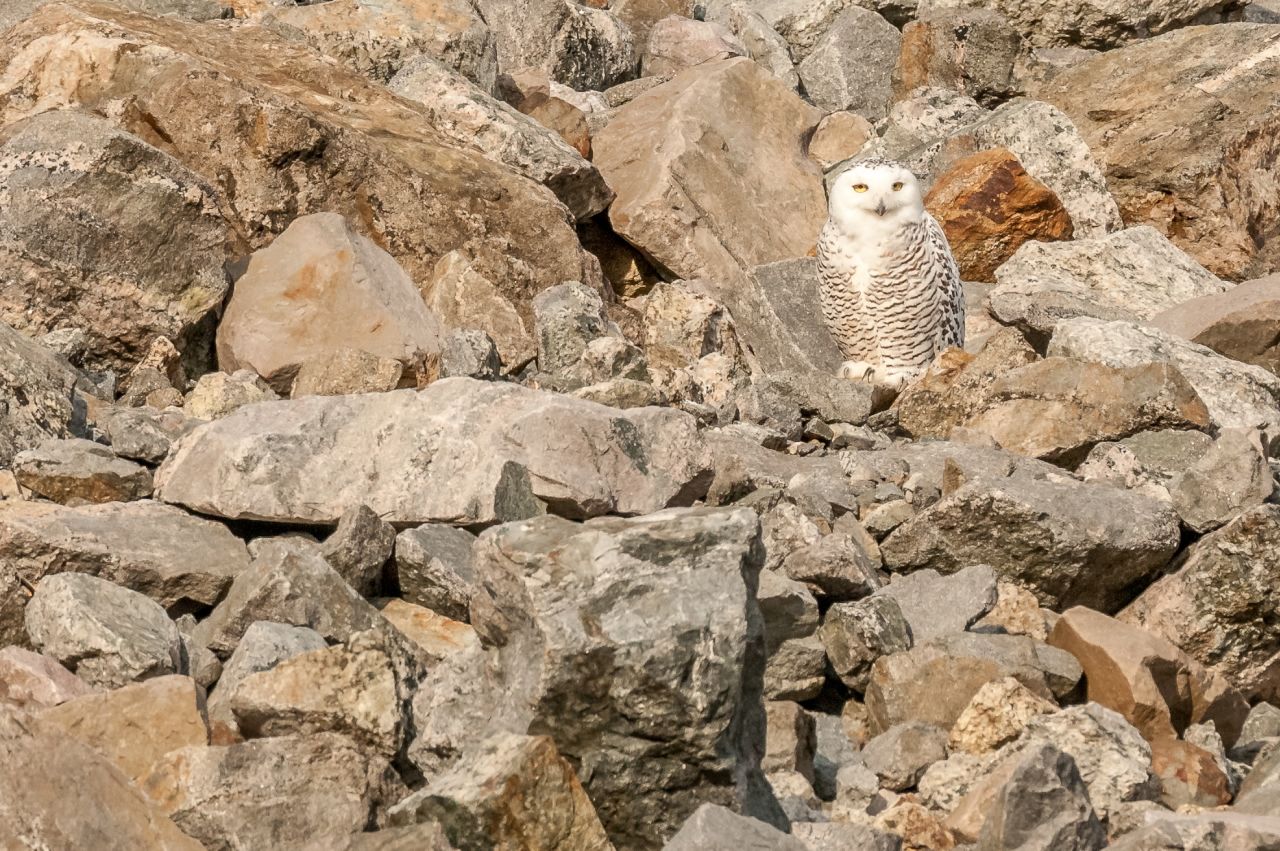It’s almost October, time to start getting ready to head south. The Tree Swallows already left by the middle of July; our last few very late breeding Purple Martins flew off for Brazil on August 26th; and the Barn Swallows vacated our barn a few days later. Bird feeders that were covered with birds and had to be filled every day, now sometimes go three or four days before needing refilling. Many of those bird species, Orioles, Wrens, Catbirds, Towhees, Rose-breasted Grosbeaks, Indigo Buntings, etc.. that came north to raise their young have already started their southward migration or will be leaving before long.
Meanwhile, the winter birds that we can expect at our feeders throughout the season have not yet arrived. Before long the White-throated Sparrows, Juncos, Purple Finches, Pine Siskins and who knows what other winter birds may appear this year, will begin to show up. We humans head south primarily to avoid the winter cold; but for birds, migration is more a matter of food abundance. Of course, we humans do love the wonderful selection of the myriad restaurants available to us in Florida.
For birds, migration is a very complex adventure that takes many different forms. For example, the champion long distance migrating bird is the Arctic Tern, (photo 2) rarely seen in Florida. They migrate from the northern-most high Arctic, south to Antarctica and back every year. During their typical 25- to 30-year life span Arctic Terns will have traveled 1.5 million miles, equivalent to three trips to the moon and back. (I took my slide photo of this Arctic Tern in Antarctica in 1994 and digitally copied it to display here.) Conversely, some high mountain species, such as the Sooty Grouse of the Pacific Northwest, (photo 3) winter in dense conifer forests at high altitudes and migrate in the spring to lower, more open elevations to raise their young, by simply walking down the mountain. (Another digitally copied slide from 1997).
Another well documented long distance migrant is the Red Knot. After wintering in Tierra del Fuego, southern-most Argentina, they will first fly non-stop 4,000 miles to specific beaches in northern-most Brazil where they stop for only a few days to re-fuel on mussels and clams before beginning their second leg of the journey. (See the map in the third reference below.) Their second stop comes 3,500 direct flight miles later on the beaches of Delaware Bay in New Jersey where they spend a number of days rebuilding their reserves on energy rich horseshoe crab eggs (photo above) before embarking on the final 2000-mile leg to the Canadian high Arctic.
When I first began birding in the late ‘40’s and ‘50’s Delaware Bay beaches would undulate with thousands upon thousands of Red Knots. Even today, while their numbers have plummeted to less than 10 percent of their mid-20th century population, their appearance along Delaware Bay can be impressive. (photo 4) With only two specific location refueling stops on their journey, the condition of those areas is critical. Along Delaware Bay, horseshoe crabs, were used by fishermen for bait, by farmers for fertilizer, and are still being used by the pharmaceutical industry. Then along came hurricane Sandy. Unsurprisingly, horseshoe crab populations have plummeted and the Red Knot along with them. And now there is also the increasingly added risk of the impact of global warming, not to mention property development, on their stop-over locations. Red Knot as a species may be the poster child for the threats we humans pose to some of our bird friends. Happily, some Red Knots usually over winter in Florida each year and can be seen at Merritt Island or Sanibel most years. Or even occasionally in Fort Pierce at Jetty Park. (photo 5)
There are several additional types of bird migration: short distance, such as that of our beloved Florida population of the Painted Bunting (photo 6) which migrates to the Carolinas for breeding; west to east, such as that of the Scissors-tailed Flycatchers (photo 7) that come from the southern mid-west to Florida for the winter, while most of their species head to Central America; eruptive, such as occurs in those years when their winter food supply is low and species such as Snowy Owls, (photo 8) Redpolls, Crossbills, and other winter finches head south to survive; and leap frog, in which species such as Blue Jays, Cedar Waxwings, and Flickers move from New England to the mid-Atlantic, while the same species birds that were in the mid-Atlantic move south to Virginia and the Carolinas, those in that area having already moved farther south and so on.
Finally, migration patterns do shift over time. When I did my first Christmas Bird Count in Pennsylvania in 1959 we were extremely excited to find one pair of Canada Geese, the only ones on that entire count. Canada Geese, at that time migrated to South Carolina and Georgia where there were numerous Goose-hunting lodges. Over time the Goose-hunting lodges moved north through North Carolina, Virginia and Delaware as the geese migrated shorter distances each winter. Now, there are so many Canada Geese living year round in the mid-Atlantic that they are actually a nuisance (scourge?) and merely walking our farm lane by the pond requires us to do the “Goose-crap slalom.” I have only ever seen one Canada Goose in Florida, at the Vero Wetlands. (photo 9)
When thinking of bird migration I am reminded of that old vaudeville joke, “I just flew in from California. (pause) Boy, are my arms tired!” With the long distances some species fly that certainly is not a joke. It is a matter of survival. Even many Ruby-throated Hummingbirds fly non-stop 18-22 hours over the Gulf of Mexico.
First year birds make the migration trip without ever having done it before. Sometimes migrants encounter storms, even hurricanes, predators that follow their flight path for an easy meal, no place to stop and rest, only open water, glass sky-scrapers that reflect safe passage but cause catastrophe, buildings in places that were open spaces and perfect bird habitat just the year before, farm fields that were previously forests, and countless consequences and changes that one can’t even think of. For us humans, it is simply a matter of get in the car or plane and go. So simple! We can’t even comprehend what kind of problems birds encounter and overcome, just to survive. And yet, one of our common pejoratives is, “That guy is just a bird brain.” Maybe we should be so lucky!
For more on Arctic Tern migration, see: www.nationalgeographic.com/news/2010/1/100111-worlds-longest-migration-arctic-tern-bird/. For more on Sooty Grouse migration, see: birdweb.org/birdweb/bird/sooty_grouse. For more on Red Knots, including a migration map, see: www.audubon.org/magazine/may-june-2016/red-knots-are-battling-climate-change-both-ends. For more on horseshoe crabs in pharmaceutical use, see: www.huffpost.com/entry/horseshoe-crab-blood_n_4950517. For more on the 12 different types of bird migration, see: www.thespruce.com/types-of-bird-migration-386055









